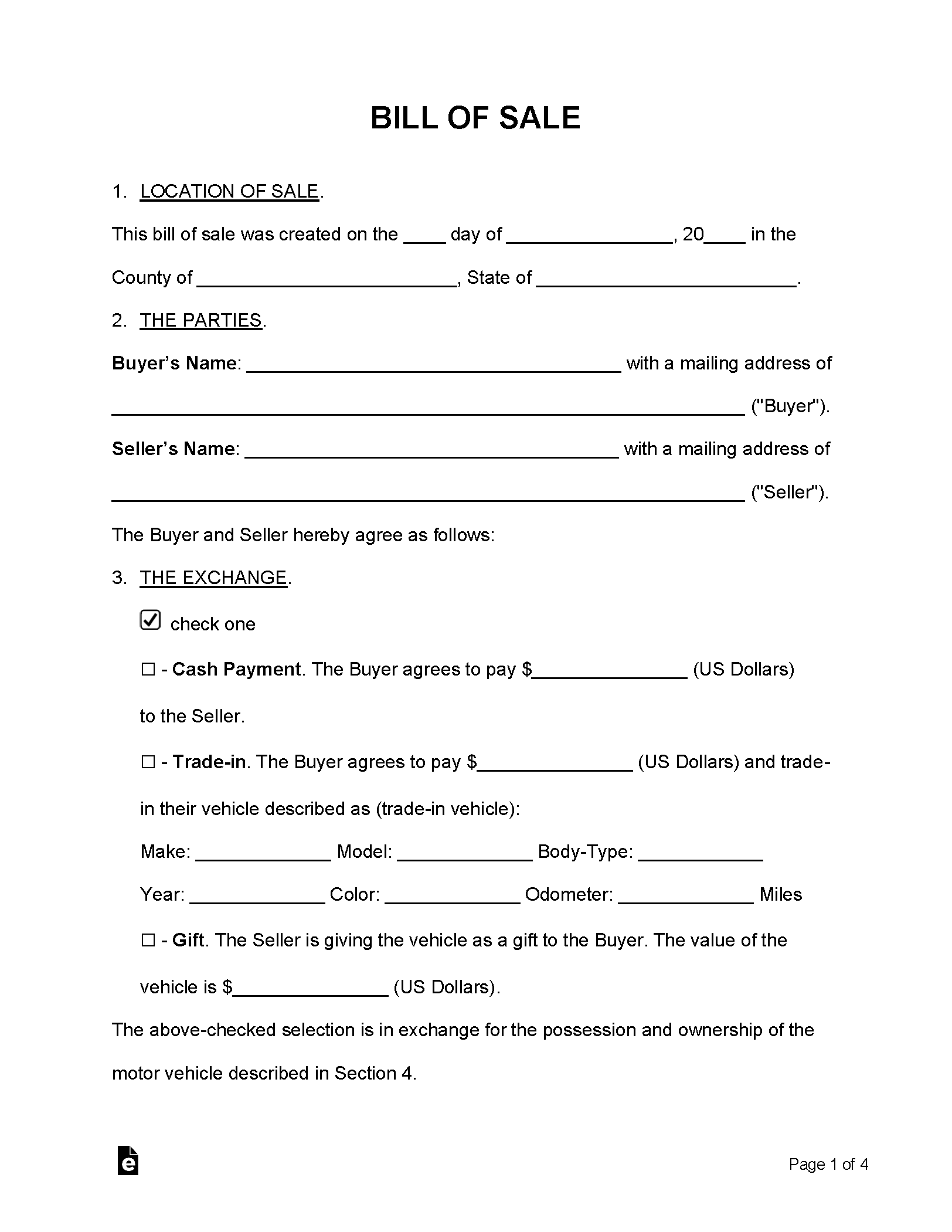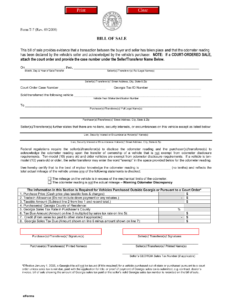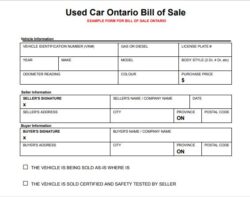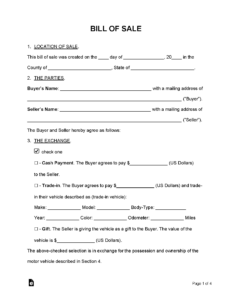Buying or selling a vehicle can feel like a big step, full of excitement and maybe a little bit of paperwork. One document you absolutely cannot skip is the bill of sale. It’s more than just a receipt; it’s a crucial legal record that protects both the buyer and the seller, ensuring a smooth and legitimate transfer of ownership.
Having a clear, comprehensive, and legally sound bill of sale is vital for peace of mind. That’s why relying on a robust standard vehicle bill of sale template can make the entire process so much easier, helping you avoid common pitfalls and misunderstandings down the road. It lays out all the important details, leaving no room for ambiguity.
Why a Standard Vehicle Bill of Sale Template is Essential for Your Transaction
A vehicle bill of sale serves as the formal agreement between the buyer and the seller, solidifying the terms of the transaction. Without it, you’re essentially relying on a verbal agreement, which can be incredibly risky. This document provides legal protection by clearly stating that the vehicle has been sold and ownership has been transferred, preventing future disputes over who owns the vehicle or who is responsible for it.

Beyond just legal protection, this document is absolutely necessary for official purposes. When you buy a car, you’ll need the bill of sale to register the vehicle with your local Department of Motor Vehicles or equivalent agency. It’s also often required for transferring the title, paying sales tax, and sometimes even for insurance purposes. For sellers, it’s proof that you no longer own the vehicle, removing your liability for anything that happens to it after the sale date.
Key Information You Must Include for a Valid Bill of Sale
- Buyer and Seller Information: Full legal names, addresses, and contact details for both parties involved in the transaction are paramount. This confirms who is buying and who is selling.
- Vehicle Description: This section requires precise details about the vehicle being sold. You’ll need the Vehicle Identification Number VIN, make, model, year, color, and current odometer reading. Accuracy here is critical.
- Purchase Price and Payment Method: Clearly state the agreed-upon sale price in both numerical and written form. Specify how the payment was made, such as cash, certified check, or bank transfer.
- Date of Sale: The exact date when the transaction officially took place and ownership transferred. This timestamp is vital for legal and administrative purposes.
- Signatures of Both Parties: Both the buyer and the seller must sign and date the document. Their signatures validate the agreement and indicate mutual consent to all the terms outlined.
- “As-Is” Clause (if applicable): If the vehicle is being sold without any warranties or guarantees regarding its condition, an “as-is” clause is crucial for protecting the seller from future claims about mechanical issues or defects.
Beyond just listing facts, the accuracy and completeness of these details are paramount. Any missing or incorrect information could invalidate the document or lead to future legal complications. Think of it as the foundational stone of your vehicle transaction; a solid foundation prevents collapse.
Ultimately, having a well-drafted and comprehensive bill of sale offers immense peace of mind. It ensures both parties are on the same page regarding the terms of sale, reducing the likelihood of disputes down the line and providing a clear, undeniable record for any official purposes. It’s an investment in a hassle-free future.
How to Effectively Use Your Standard Vehicle Bill of Sale Template
The beauty of a standard vehicle bill of sale template lies in its simplicity and readiness. Instead of spending hours drafting a complex legal document from scratch or worrying about missing essential clauses, you can rely on a pre-structured form that already contains all the necessary fields and legal language. This saves you time and ensures all bases are covered, even if you’re not a legal expert.
The process of filling out the template is straightforward, but it demands attention to detail. It primarily involves accurately entering the required details for both the buyer and seller, along with precise vehicle specifications like the VIN and odometer reading, and the agreed-upon financial terms. Before you even think about signing, make sure to double-check every entry for accuracy and legibility. Any errors could cause issues later.
While a standard template provides a solid foundation, remember that specific state laws or local regulations might require additional clauses or, in some cases, demand notarization of the document. It’s always a good idea to quickly check your local Department of Motor Vehicles DMV website or consult with a legal professional to ensure full compliance with the laws in your area. This small step can prevent big headaches.
- Download a Reputable Template: Begin by finding a widely recognized and comprehensive standard vehicle bill of sale template. Many government websites or reputable legal document services offer them for free.
- Gather All Information: Before you start filling, collect all necessary buyer, seller, and vehicle details, including full names, addresses, VIN, current odometer reading, and the exact agreed-upon price.
- Fill in Clearly and Completely: Whether you’re typing or writing by hand, ensure all information is clear and legible. Never leave any blank spaces that could potentially be filled in later by someone else.
- Review Thoroughly: Both the buyer and the seller should read the entire document carefully. Confirm that all details are correct and that both parties fully understand and agree to the terms of the sale.
- Sign and Date: Signatures from both parties are essential for the document’s validity. Consider having it witnessed or notarized if your state requires it or for added legal security and peace of mind.
- Make Copies: Always ensure that both the buyer and the seller receive a signed copy of the completed bill of sale for their personal and official records. This is critical for future reference.
Keeping meticulous records is another critical step that cannot be overstated. Both the buyer and seller should retain a copy of the finalized document for their personal files. This physical or digital proof can be invaluable for future reference, whether for tax purposes, warranty claims, or simply as a historical record of the transaction. It’s your tangible evidence of a completed sale.
Ultimately, taking the time to properly complete and understand a vehicle bill of sale safeguards everyone involved. It demystifies the transaction, providing clarity and a legally binding record of the transfer. This simple yet powerful document ensures that your vehicle sale or purchase is not just successful, but also secure and fully compliant with legal requirements.
By diligently using this essential paperwork, you’re not just facilitating a sale; you’re building a foundation of trust and legality for what is often a significant personal investment. It’s the smart way to handle any vehicle transaction, giving you confidence and a clear path forward.



